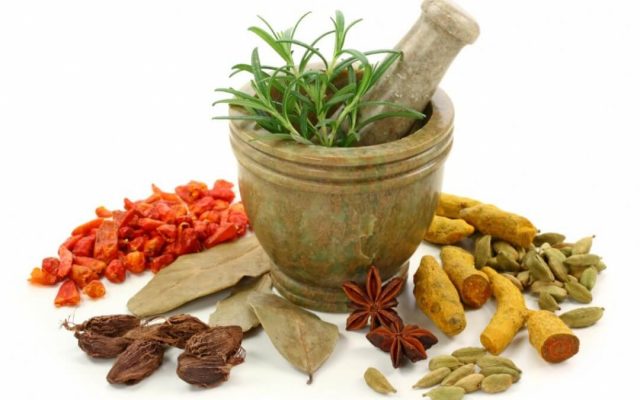
Ayurveda, Ayurvedic lifestyle, Ayurvedic herbs, Ayurvedic medicine. We have all heard the terms before. But what exactly does it mean? In this blog I would like to explain it to you. Ayurveda is, to begin with, a traditional Indian way of life and healing. It is considered one of the oldest healing methods in the world. Ayus means 'life' and veda means 'knowledge'. Ayurveda literally means 'knowledge of life'. It is the knowledge of a long, happy and healthy life. The Ayurvedic teachings are officially recognized by the WHO (World Health Organization) as a scientific medicine. Ayurvedic medicine is based on holistic principles and the healing effect of natural herbs. Which herbs these are exactly, and what their effect is, you will discover in our below Top 11 Ayurvedic Herbs!
Holistic principle
Ayurvedic medicine is based on the holistic principle. This means that man is seen as one whole. Our physical, psychological, social and spiritual facets are inextricably linked. So you are not looking at one specific complaint, but at the whole. The Ayurvedic teaching assumes that diseases arise when the balance is disturbed by, for example, incorrect nutrition or incorrect lifestyle. If everything is in balance, then you are in harmony and the energy flows freely through your body. You then have no physical or mental complaints. With the help of the right nutrition, meditation, adjustments in your lifestyle and Ayurvedic herbs you can ensure an optimal balance.
Ayurvedic herbs
The main goal of Ayurveda is promoting and maintaining health. Ayurvedic herbs can provide support here. They are used to treat complaints as well as prevent health problems. The herbs help detoxify the body and have an anti-inflammatory effect. In addition, they can promote digestion, increase mental clarity and calm nerves. Ayurvedic medicine is becoming increasingly popular. More and more people are discovering the herbs that have a positive effect on their body and well-being. These next 11 Ayurvedic Herbs have been used for thousands of years to support health.
11 Ayurvedic Herbs
1. Amla Amalaki
Amla Amalki, also known as Amla or Indian gooseberry, is a true Ayurvedic superfood. Most of the berry (leaf, root and seed) contains Ayurvedic medicinal properties, but the fruit itself is the most important component. The fruit itself is packed with important nutrients such as vitamin A (beta-carotene), B and C, minerals (calcium, potassium, iron) and antioxidants such as tannins, emblicanins, punigluconins, pectin, flavonoids and polyphenols.
These nutrients mean that it can contribute to numerous health benefits! For example, it boosts your immune system, fights free radicals, prevents inflammation, does wonders for your digestive system and it is also good for the eyes, hair and skin. More information about Amla, read here! Want to know more about fighting inflammation? Then read: 7 Tips to Prevent Inflammation
Ayurvedic Indian Medicine
2. Ashwagandha
Ashwagandha loosely translated means “Strength of a horse”. It has been used in India for thousands of years because of its beneficial effect on body and mind. The powder is also known as Withania somnifera, Indian ginseng or Winter cherry. The ancient medicinal herb falls under the adaptogenic herbs, or calming herbs. Adaptogens have been used for centuries in Chinese and Ayurvedic medicine to generate energy, improve mood and reduce stress. It helps to increase your mental and physical resilience. Perfect if you suffer a lot from stress.
Buy Ginseng? >Click here!
It also offers many other health benefits. Ashwagandha is also used to fight inflammation, treat acne (helps your skin), improve endurance, support your heart, and help with sleep problems. Read more about Ashwagandha here! Want to know more about preventing sleep problems? Then read: 8 Tips for Better Sleep and a Good Night's Rest
OFFERS
3. Turmeric Turmeric
Turmeric, also called holy powder, turmeric or koenjit, has been used for centuries in Ayurvedic medicine to prevent disease and to support health. This is because Turmeric many vitamins and minerals, but especially vitamin B6, vitamin C, iron, magnesium and potassium. The most important substance in Kukuma however is the antioxidant curcumin. The presence of these substances makes that Turmeric can help against infections, inflammation, fever and digestive problems. In addition, it would also have a positive effect on rheumatism patients and people with liver disorders and cardiovascular diseases. Want to know more about Kurkuma Turmeric? Then also read: Turmeric: All About This Superfood
4. Astragalus (Yellow Leader or Huang Qi)
Astragalus membranaceus, also called yellow leader or Huang Qi, is one of the most powerful adaptogenic herbs from China. For more than 2000 years it has supported the immune system in people and makes them more vital and stress-resistant. It is also widely used in Ayurvedic medicine as a remedy for heart rhythm disorders, high blood pressure, strengthening the lungs, allergies and viruses. The herb is said to kill viruses in a powerful way and support the airways so that you can breathe better. In addition, astragalus can also be used well for people who are on the verge of burnout. Astragalus also provides more energy and makes you more resistant to stress stimuli. Try Astragalus? Then take a look in our shop: Organic Astragalus Powder
Ayurvedic Indian Medicine
5. Ginger (Ginger)
The botanical name for Ginger is Zingember officinale. Ginger has been cultivated for over 3000 years, in Central Africa, Guatemala, China, Japan, India and Jamaica. Many people know Ginger as an ingredient in gingerbread, but in China and India ginger has been used for centuries in Ayurvedic medicine. This is because ginger contains no less than 17 medicinal active substances: magnesium, manganese, potassium, copper and vitamin B6, gingerol, lineol, borneol, zingibain. zingiberene, zingiberol, pheilandreen, shogaol. All these substances make Ginger, according to Ayurvedic medicine, a great remedy for Alzheimer's, arthritis, digestive problems, tired muscles, lowering blood sugar levels, inflammation, motion sickness, stomach complaints, but also for losing weight and increasing libido!
Read more about it here Libido Enhancing Superfoods!
Aphrodisiac
6. Korean Panax Ginseng
Korean Panax Ginseng is derived from the Greek word 'panacea', which literally means 'heals all'. The Korean Panax Ginseng shrubs grow on the mountains of East Asia, mainly in South Korea, China and Japan. The root of the Ginseng plant is used to make supplements and is used for many different types of complaints. For example, it is a powerful adaptogen that increases adaptability in mentally and physically stressful circumstances. For this reason, Korean Ginseng is also widely used by athletes. It promotes physical and mental well-being, gives energy and a feeling of vitality.
Another important effect of Ginseng is that it helps with fatigue, exhaustion and loss of concentration. It also promotes a good functioning of the immune system and helps to reduce stress. There are also studies that have shown that Korean Ginseng reduces cholesterol and sugar levels in the blood, which means that this Ayurvedic herb can also help in the treatment of high cholesterol and type 2 diabetes. Finally, the use of Ginseng also seems to have a libido-enhancing effect. Want to know more about buying Korean Panax Ginseng? Then read more here: Korean Panax Ginseng Effects and Benefits
Buy Ginseng? Click here!
Adaptogens
7. Triphala Churna
Triphala is the Ayurvedic name for a traditional mix of three fruits: Amalaki, Bibhitaki and Haritaki. This combination is said to have healing properties, such as cleansing our intestinal tract. One of the Ayurvedic principles is that an illness can mainly develop if the digestion does not function properly. Triphala helps to keep the digestion healthy and to restore a disturbed intestinal function. It helps with constipation, gas formation and abdominal cramps. Triphala is also known in Ayurvedic medicine to provide optimal support for the immune system and to support the intestinal flora in a sublime way. This is due to the detoxifying effect of Triphala in the intestines and liver.
Read more about it here Triphala Churna and its effects.
Buy Triphala?
In short, using Triphala can promote weight loss in the abdominal area, soften bowel movements, prevent gas formation and eliminate abdominal cramps. But it doesn't stop there because the liver is also naturally cleansed, which automatically supports the energy level. Finally, it is also said to counteract aging, improve the condition of the eyes and a libido enhancing effect have. Want to know more about libido enhancing superfoods? Then also read: Top 10 Libido Boosting Superfoods
Ayurvedic Indian Medicine
8. Shatavari
Shatavari, also called Asparagus racemosus, is a type of asparagus that grows in rocky soils in India and the Himalayas. It is an important Ayurvedic herb for women. It is said to help keep the woman's body in balance and promote fertility. Shatavari also has a calming effect and is good for breathing, digestion, libido, nervous system and to reduce the symptoms of menopause.
Read more about Shatavari here.
Ayurvedic Indian Medicine
9. Rehmannia (Chinese Foxglove)
Rehmannia glutinosa, also known as Chinese foxglove, is an Ayurvedic herb native to central China. Traditionally, good health is based on the harmony of opposing but complementary forces – yin and yang. It is believed that Rehmannia helps with yin energy imbalances. Traditionally, however, Regmannia is used to combat bacterial infections, reduce fatigue, counteract stress, as well as a variety of inflammatory conditions such as asthma and arthritis. More information about this Ayurvedic herb can be found here: 8 Health Benefits of Rehmannia, Chinese Foxglove
Ayurvedic Indian Medicine
10. Schisandra
Schisandra, comes from wild, lush and mountainous regions of China. For over 2000 years, these lignan-rich schisandra berries have been used in traditional medicine Chinese medicine. These sustainably harvested schisandra berries are known for their medicinal properties, as well as for sustaining ancestral herbal medicine practices, rich ecosystems, and pandas! The schisandra plant is also called the Magnolia Vine or the 'Five Flavor Fruit'. This name comes from the 5 distinct flavors of the berry which correspond to the 5 elements central to traditional Chinese herbal medicine: Sour (Wood), Bitter (Fire), Sweet (Earth), Sour (Metal), and Salty (Water).
Chinese herbal medicine states that possessing these 5 flavors makes the herb beneficial to all five yin organs: the liver, lungs, heart, kidneys and spleen. In addition, Schisandra is also said to provide more energy, improved digestion and anti-aging! Want to know more about the benefits of Schisandra? Read more here: Why Schisandra? Discover the 6 Benefits and Effects of Schisandra
Anti Stress
11. Shilajit
Shilajit is a mineral-rich organic compound that seeps as a sticky, tarry substance between the rocky caves of the Himalayas at high altitudes. It is an exceptionally nutrient-dense and efficient supplement that is particularly rich in minerals and fulvic acid. Fulvic acid is known to be a powerful antioxidant that works as an anti-inflammatory, protects against free radicals and cellular damage, but it can also help improve testosterone levels to combat hair loss, muscle loss, fatigue, body fat, and low libido. Minerals, on the other hand, are nutrients that the body needs to function properly.
In Ayurvedic medicine, Shilajit has been used for centuries as an alternative medicine for all kinds of ailments such as kidney disease, chronic diseases, anemia, digestive disorders, aging, arthritis, diabetes and allergies, but also to increase libido, stimulate the immune system and reduce stress, because of its rich mineral content and fulvic acid. Discover everything you need to know about Shilajit here: 6 Benefits of Shilajit – Discover The Power of Shilajit Buy Shilajit?
Ayurvedic Indian Medicine
********************************
Interested in even more superfoods with a very special and positive effect on your body and mind? Then discover the world of superalgae called Chlorella and Spirulina: Spirulina vs. Chlorella: What's the Difference and Which is Better?




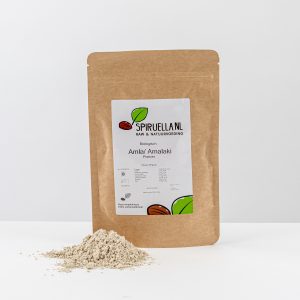
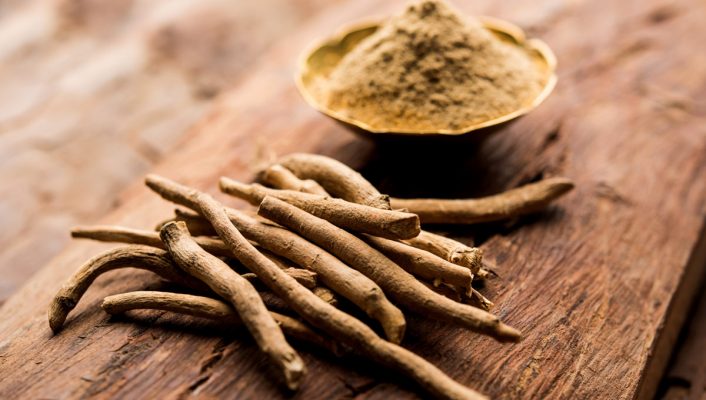
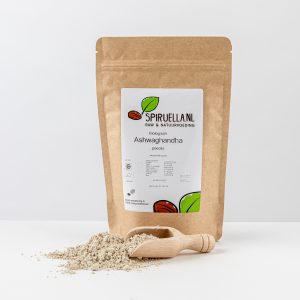
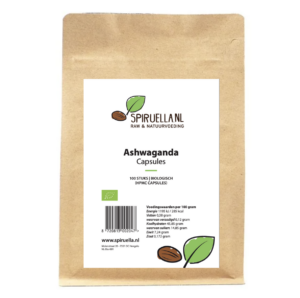
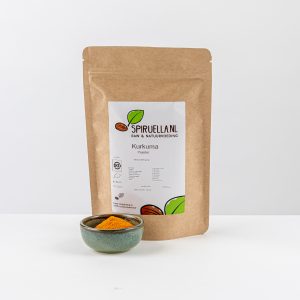
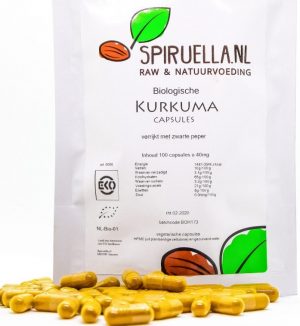
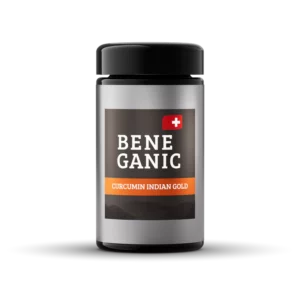
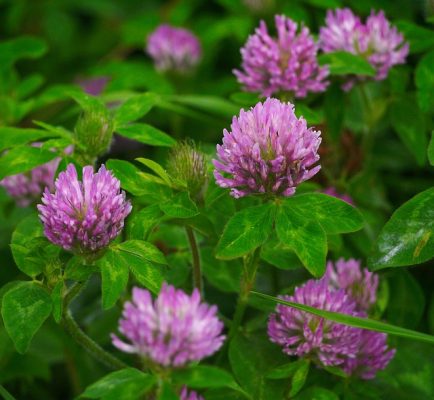
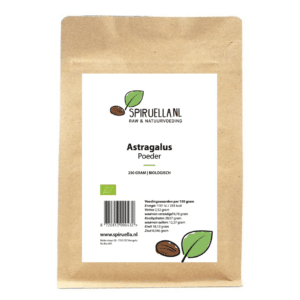
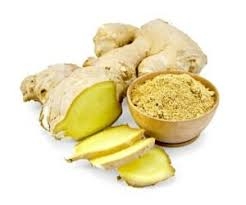
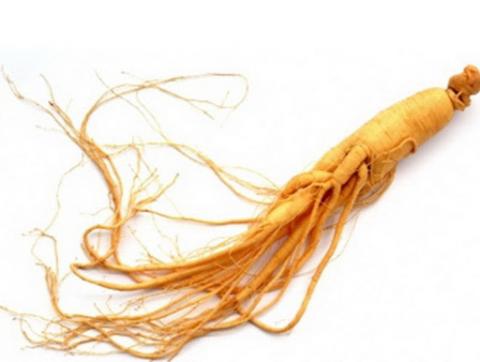
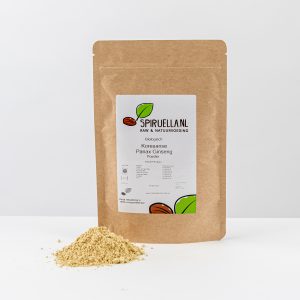
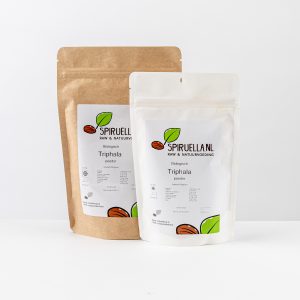

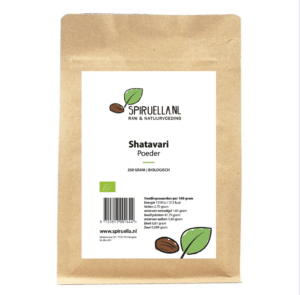
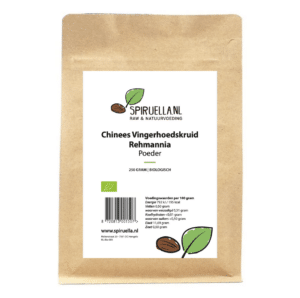
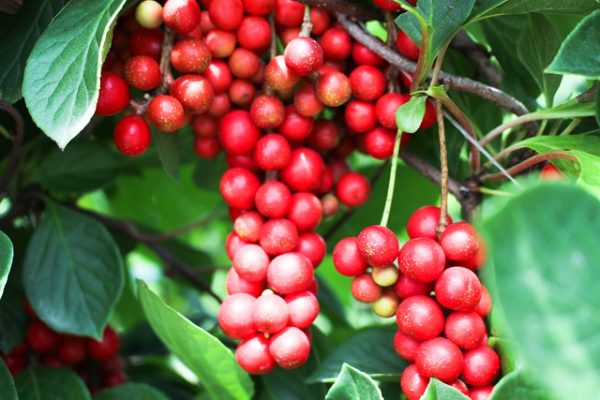
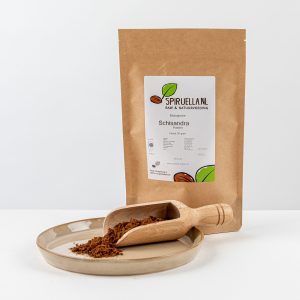
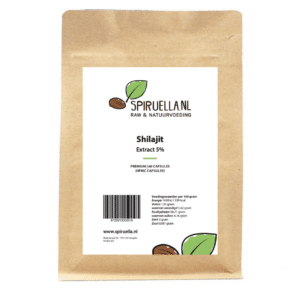
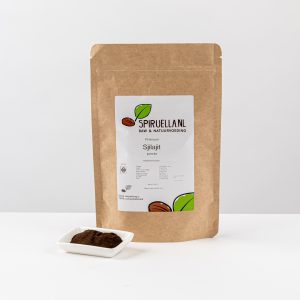

Very good summary